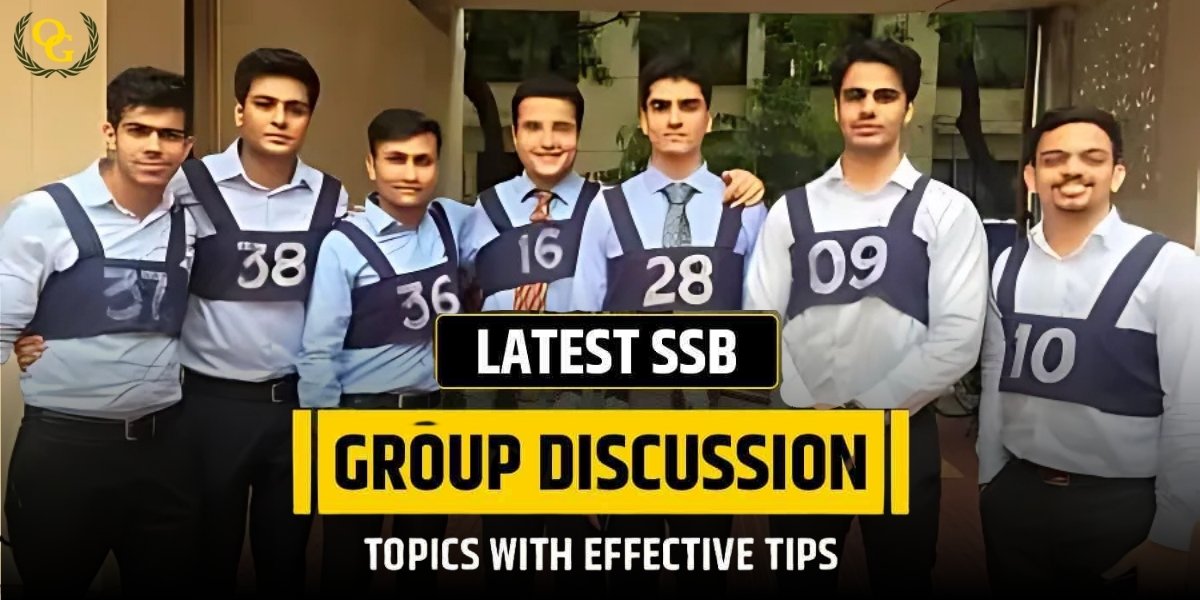Group Discussion Topic:
Considering that India-Pakistan conflict is not over yet and is only on a pause. How do you think should India prioritize its future course of actions and pay maximum attention to?
(a) Building up of military arsenal to inflict maximum damage on enemy, like fighter jets, missiles, drones, etc.
Or
(b) Strengthening our capability to render enemy ineffective during war by focusing on Electronic Warfare, Cyber and Space technologies.
Or
(c) Revisiting foreign policy to ensure nations strongly stand with India in its hour of need.
Impending India-Pakistan War – What Should be India’s Focus
Introduction
The recent Israel-Iran conflict and OP SINDOOR has notable changed the world-view or perception of how future wars will be fought.
Crossing of IB will only be a consequence of heavy degradation of war waging capacity, including military and civilian infrastructure of the adversary.
The destructive vector will be delivered through aerial means by high precision, long-range missiles using smart and often unmanned weapons systems. Robotics and satellites will provide the backbone for this no contact war.
Considering that the hostilities between India and Pakistan are far from over and after having discerned the gaps in our defence capabilities and also we have very clearly learnt that the next war will not be between India and Pakistan, but between India-Pakistan plus China, supported by some Muslim nations.
Hence, India must go on an overdrive to fill these gaps that we have identified and be fully prepared for an impending war. Because the question is not, if war will happen, but when will it happen?
Gap No 1: Strengthening the IAF
Out of the total 1700 ac held with IAF, around 650 combat aircrafts are in active service including SU-30 (260), Raffale (36), MIG-29 (60), Tejas and Mirage-2000.
Pakistan has a total of 900 odd ac out of which 400 are combat ac including the F-16 Falcon, JF-17 Thunder, J-10C, Mirage-III. Pakistan is in the process of procuring 40 odd J-35, 5th generation stealth fighter jets from China this year. Stealth capability allows it better maneuverability and is difficult to detect. J-35 can maintain supersonic speeds without using afterburners and has highly advanced avionics.
We do not have any 5th generation fighter jet at present. Though India is actively developing Advanced Medium Combat Aircraft, but none is in service.
In order to gain parity with Pakistan India must procure 5th generation ac as soon as possible and also, we need to take our combat ac fleet to 1000 from the present around 650 operations combat aircrafts.
In order to be effective, the IAF must attain the objective of maintaining a total of 42 squadrons as compared to the existing 31 operational squadrons.
Gap No2: Invest Heavily in Drone and Missiles Systems for Effective Punishment to Enemy
We saw in the Israel-Iran war that if the skies are saturated with projectiles, even the advanced missile shields, like Iron Dome and David Sling and the most advanced interceptor Patriot missile systems can be rendered ineffective. Pakistan has recently procured 50,000 drones and China has 10 lakhs drones in its inventory. Though, India too has recently procured 2500 Israeli Searchers, heron and loitering ammunition like Harpy and Haroop, but still we further need to build up our drone arsenal because no amount is enough.
India’s multi-layered missile defence system is comprehensive in protecting our skies, which includes man-portable shoulder fired missiles for Drones, followed by SR, MR and LR missiles. However, in a protracted war the side that is going to win is the one that has numbers. Hence, we need to increase our inventory that deters the opponent to think again before striking. Examples are the Israel-Palestine and Israel- Iran war.
Gap 3: Improve Electronic Warfare Capability
Ability to disrupt, deceive and deny the use of Electromagnetic Spectrum to the adversary.
India has developed Samyukta, which is an Integrated Electronic Warfare System developed for Indian Army and is used for gaining Electronic and Signal intelligence. Besides, it employs ECM to reduce the efficacy of enemy’s EW resources and ESM to support our own operations, e.g. carrying out surveillance, detection and jamming of enemy communication and radar signals.
Pakistan with the help of China has developed their EW capabilities and often indulges interference with our GPS and spoofing by broadcasting false information along our border.
China of course has mastered the domain of EW and has an advanced capability to gather intelligence and to jam communication systems and radars.
Most importantly, it has developed the capacity to carry out Multi Domain Warfare by integration of; Information, Cyber system and Space for carrying out coordinated operations. China is now in the process of developing EW weapons incorporating 6G technologies.
Pakistan is also developing the capability to integrate EW with multi domain warfare with the help of China.
India too needs to further upgrade and integrate our EW capability to include all the three services, Army, AF and Navy, so that the sensor to shooter timing is reduced and are responses are sharper and precise in the prevalent environment of network centric warfare.
Gap 4: Invest Aggressively in Military Space Capabilities
India is already in the process of formalizing its Military Space Doctrine. India is also developing a 52-satellite constellation with the help of private sector to enhance situational intelligence, surveillance and reconnaissance capabilities.
We are presently dependent on American GPS for guidance of missiles, UAVs and for other navigation purposes, which could be tricky, especially during a war.
Hence, the importance of speeding up our integral navigation system, called the NavIC (Navigation with Indian Constellations). It comprises of seven satellites and has a range of 1500km. it is likely to be in use from the end of this year.
During OP SINDOOR, Pakistan had the liberty to use the Chinese BeiDou navigation system. This navigation system has been fully integrated into Chinese military to make them self-reliant and enhances their EW capability.
Gap 5: Improving National Integration and Foreign Relations
India must make an endeavor to closely integrate all minority communities, especially Muslims. Whenever some politician for vote bank politics asks Muslims to go to Pakistan, we are only playing into the hands of Pakistan. It provides Pakistan with enough material to build a narrative regarding India’s intolerance towards Muslims and hence garner support of the Muslim nations. We saw how Turkey and Azerbaijan openly came to support Pakistan during OP SINDOOR.
India must revisit its foreign policy with regard to China and where we stand as a nation in the global arena. With a view to please everyone and failing to take any sides, we are unable to get an unflinching support from anyone during our actual hour of need.
It has been amply demonstrated by USA that it is no ones friend. We must foster stronger ties with BRICS nations even if it means getting on the wrong side of Donald Trump. I feel being closer to the Russia-China block is far more beneficial to India, than going with the West. Good relations with China are in India’s interest. China is our second largest trading partner and also peaceful coexistence with China provides stability to the region. Defense Minister, Rajnath Singh, during the recently held SCO meet has offered to bridge the trust deficit between India and China by focusing on disengagement, de-escalation and border management so that a permanent solution is found to this decades old border dispute.
Conclusion
In conclusion, I would like to say that to be future ready India must focus on the following:
- Invest heavily in R&D of modern weapons incorporating, AI, quantum physics, hypersonic platforms, Space and Cyber domains.
- Ensure socio-economic stability within the country.
- Improve international relations that are built on mutual trust, shared values and economic interdependence.




